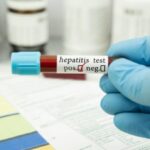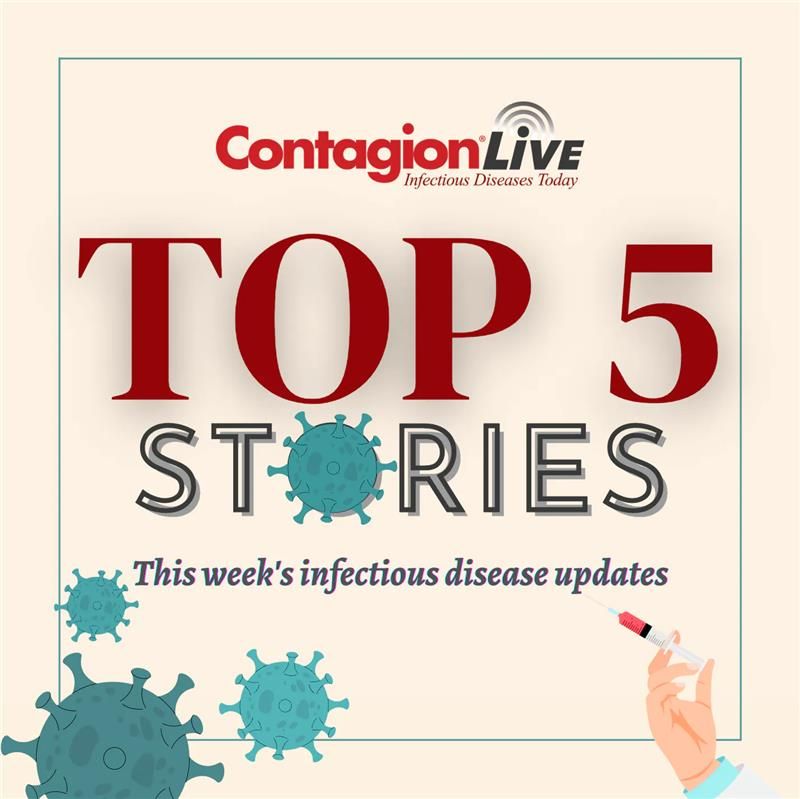One of the shortcomings for COVID-19 vaccine trials during the pandemic was the lack of diversity across trials. This shortcoming didn’t give a true representation in studies so that a real understanding of the efficacy and safety for this investigational immunizations across different races and ethnicities could be demonstrated.
Ammara Mushtaq, MD, principal investigator and medical director at Brooklyn Clinical Research points out some mistrust in certain communities because of long-standing racism and people’s historical treatment in studies.
One such example is the infamous Tuskegee Syphilis Study, which was a long-standing trial conducted with the US Public Health Service and the Centers for Disease Control and Prevention. This study caused severe health issues for black men and led to a deep chasm between the community and public health organizations.1
Fast forward to 2020, and concerns about public health information related to the investigational vaccines. Misinformation was presented to the public and this made some ethnic and racial communities fearful to get involved in studies. “During COVID-19 vaccine development, it was truly a promising turn of events. There was so much hope and so much optimism among the scientific community that there is going to be a vaccine. But also for some communities, it was highly sensationalized in the media…scientific mistrust and concerns about vaccines. And there there was limited enrollment,” said Mushtaq. “It was really hard to recruit minorities because of mistrust and concerns.”
She points out a phase 3 COVID-19 vaccine study by one of the major biopharmaceutical companies where the participants were 79% White and 10% Black.
Community Site Studies
Mushtaq presented at the recent World AMR Congress on diversity in clinical trials. One potential, novel strategy she explains is to go local for these studies, points out Mushtaq. “We just need to do better at engaging with patients and communities and meeting them where they are…There is less of a barrier to entry in clinical research if you’re in a community site compared to a large center in a large city,” Mushtaq said.
She says there is still great value in participating in bigger trials.“Of course, they should also enroll clinical trials and participants for [large] clinical trials, but an untapped opportunity is community physicians and community sites, because they connect with patients better,” Mushtaq said. “It’s an independent site, and communities identify and connect with those practices.”








